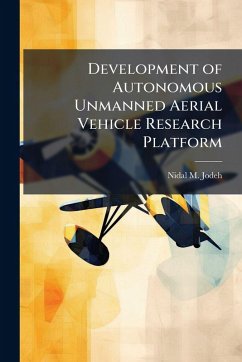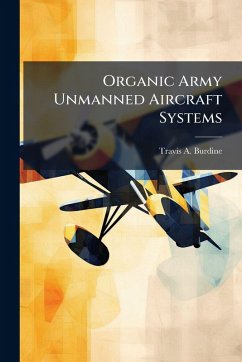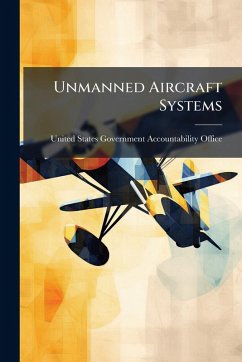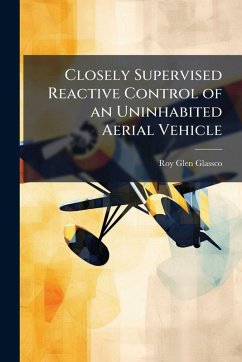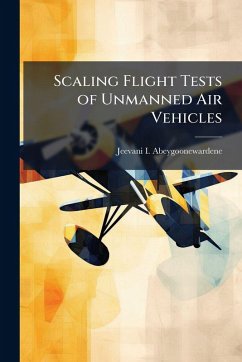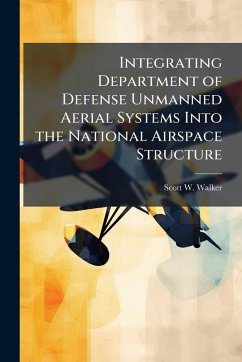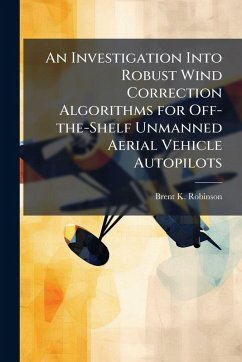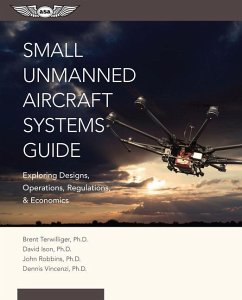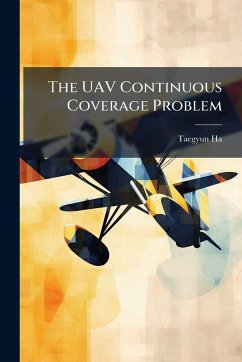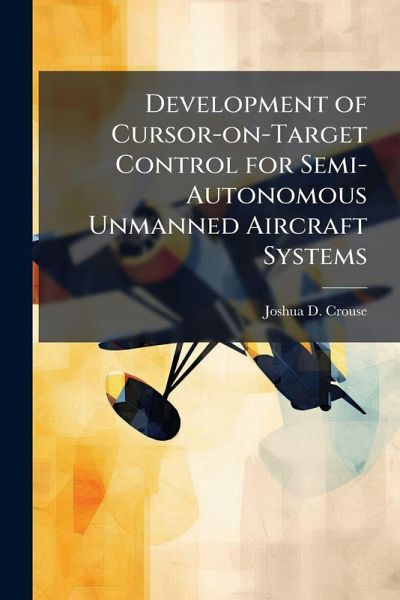
Development of Cursor-on-Target Control for Semi-Autonomous Unmanned Aircraft Systems
Versandkostenfrei!
Versandfertig in über 4 Wochen
15,99 €
inkl. MwSt.
Weitere Ausgaben:

PAYBACK Punkte
8 °P sammeln!
The research presented in this thesis focuses on developing, demonstrating, and evaluating the concept of a Cursor-on-Target control system for semi-autonomous unmanned aircraft systems. The Department of Defense has mapped out a strategy in which unmanned aircraft systems will increasingly replace piloted aircraft. During most phases of flight autonomous unmanned aircraft control reduces operator workload, however, real-time information exchange often requires an operator to relay decision changes to the unmanned aircraft. The goal of this research is to develop a preliminary Cursor-on-Target...
The research presented in this thesis focuses on developing, demonstrating, and evaluating the concept of a Cursor-on-Target control system for semi-autonomous unmanned aircraft systems. The Department of Defense has mapped out a strategy in which unmanned aircraft systems will increasingly replace piloted aircraft. During most phases of flight autonomous unmanned aircraft control reduces operator workload, however, real-time information exchange often requires an operator to relay decision changes to the unmanned aircraft. The goal of this research is to develop a preliminary Cursor-on-Target control system to enable the operator to guide the unmanned aircraft with minimal workload during high task phases of flight and then evaluate the operator's ability to conduct the mission using that control system. For this research, the problem of Cursor-on-Target control design has multiple components. Initially, a Cursor-on-Target controller is developed in Simulink. Then, this controller is integrated into the Aviator Visual Design Simulator to develop an operator-in-the-loop test platform. Finally, a ground target is simulated and tracked to validate the Cursor-on-Target controller. The Cursor-on-Target control system is then evaluated using a proposed operator rating scale. This work has been selected by scholars as being culturally important, and is part of the knowledge base of civilization as we know it. This work was reproduced from the original artifact, and remains as true to the original work as possible. Therefore, you will see the original copyright references, library stamps (as most of these works have been housed in our most important libraries around the world), and other notations in the work. This work is in the public domain in the United States of America, and possibly other nations. Within the United States, you may freely copy and distribute this work, as no entity (individual or corporate) has a copyright on the body of the work. As a reproduction of a historical artifact, this work may contain missing or blurred pages, poor pictures, errant marks, etc. Scholars believe, and we concur, that this work is important enough to be preserved, reproduced, and made generally available to the public. We appreciate your support of the preservation process, and thank you for being an important part of keeping this knowledge alive and relevant.



